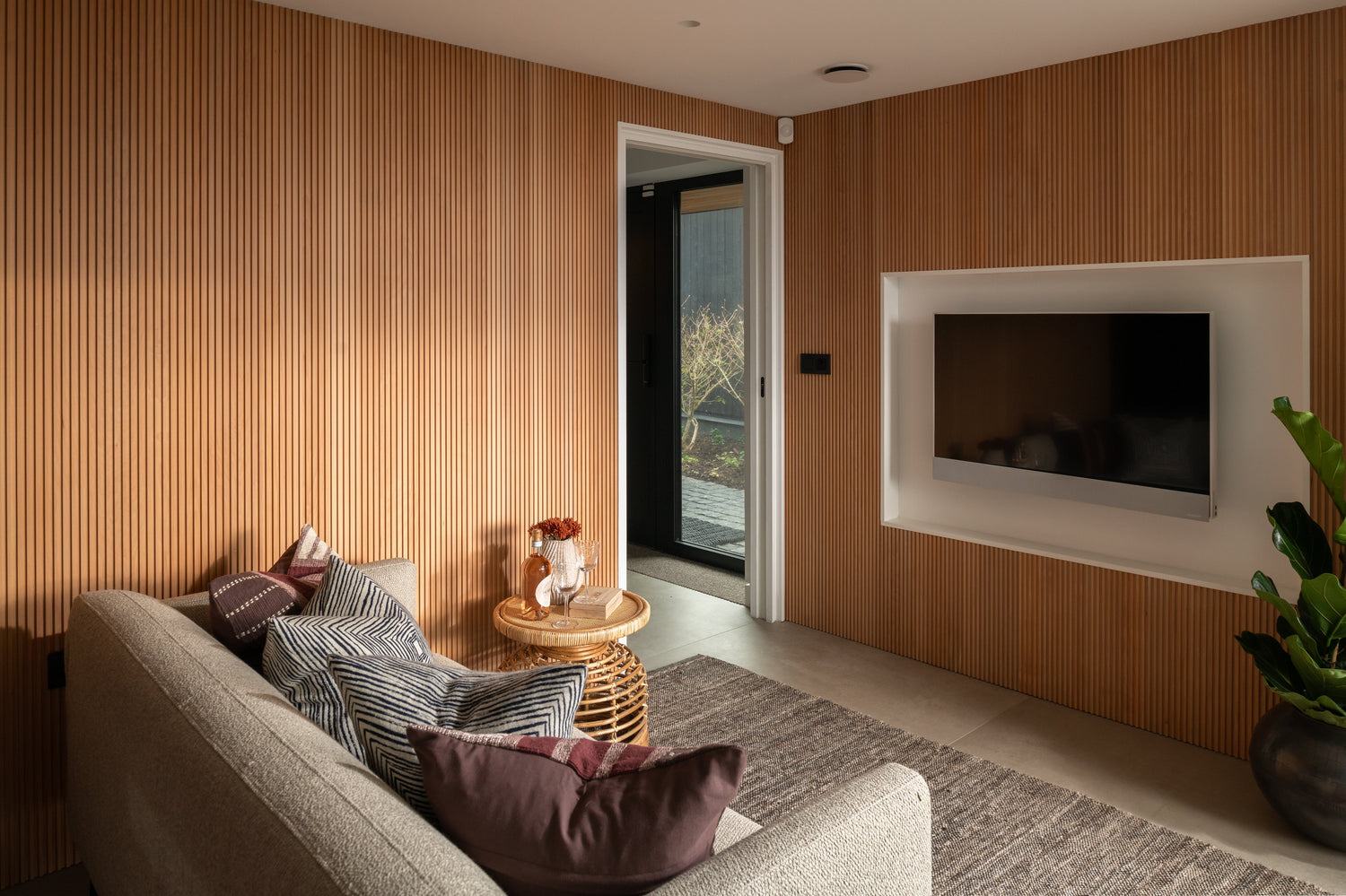In recent times, the interior design industry has grown at a fast pace. It has continuously evolved to adapt to design trends like the recent popularity of terracotta floor tiles, as well as accommodating families needs and wants.
Our japandi-style wall panels are perfect for those looking to elevate their space, but how is the interior design industry shaping up in 2024? Here we take a look at some of the latest trends in the sector.
In this article, we have compiled some of the most up to date interior design industry statistics for 2024. Keep on reading to find out what they are:
- The global interior design market is set to be valued at $130 in 2020, and is set to grow at a 3.3% CAGR until 2028. (Source: Gitnix).
- Nearly 35% of interior designers own their own businesses. (Source: Gitnix).
- From 2016 to 2026, the U.S Bureau of Labour Statistics projected a 4% employment growth in interior design. (Source: Gitnix).
- Approximately 75,000 employed interior designers in the US in 2020. (Source: Gitnix).
- Industry revenue is estimated to increase at a compound annual rate of 0.4% over the five years through 2022-23. (Source: IBISWorld).
- The workforce of Interior designers in 2021 was 87,310 people, with 83.9% women, and 16.1% men. (Source: Data USA).
- The market size for interior design by the Interior Design Activities Industry was £1.5bn in 2023. (Source IBISWorld).
- The design economy is growing twice the UK average, contributing £97.4bn in GVA to the UK economy. (Source: Hollywood Mirrors).
Despite the interior design industry booming, there are a number of factors to take into account that can influence its growth. Some of these include:
Economic Conditions: During economic downturns, consumers may have less disposable income for discretionary spending on interior design services and products. A lot of interior design related purchases are large purchases, so if customers are tight on cash flow then they are less likely to invest in their home.
Demographics: Changes in demographics like shifts in population age, income levels and household composition can affect the demand for different types of interior design services. For example, an increase in young people buying their own home could have a long term positive effect on interior design.
Sustainability: Developments in sustainability as well as growing awareness of environmental issues has led to an increase in demand for sustainable and eco-friendly interior design solutions.
Overall, we hope the industry data mentioned in this article gives you an insight into interior design industry statistics.





